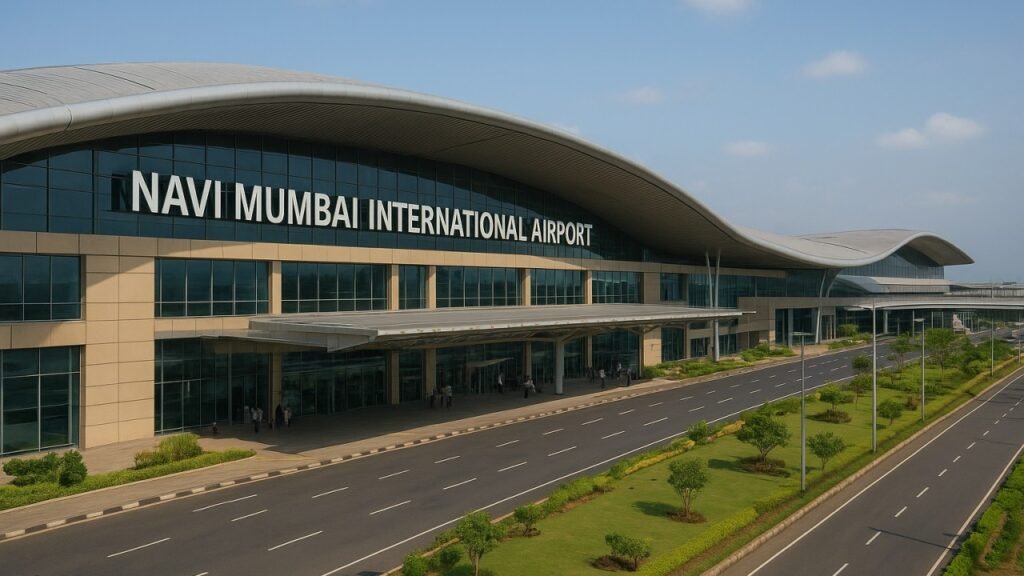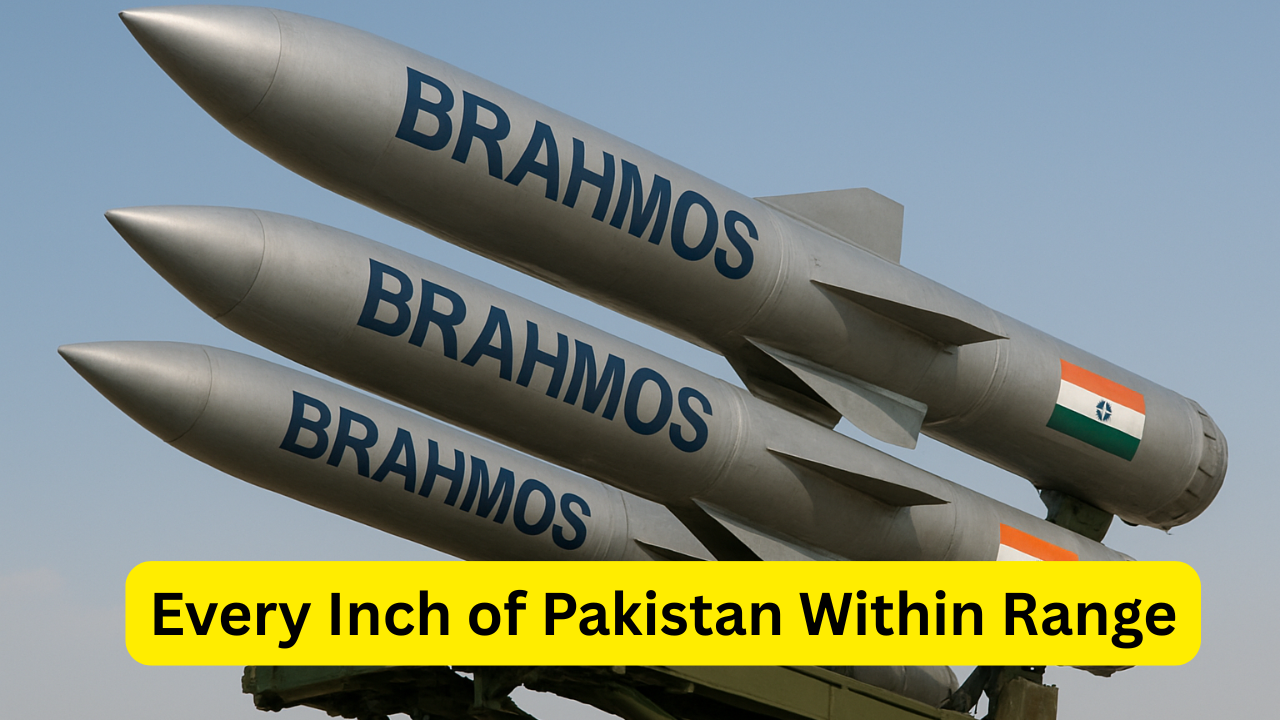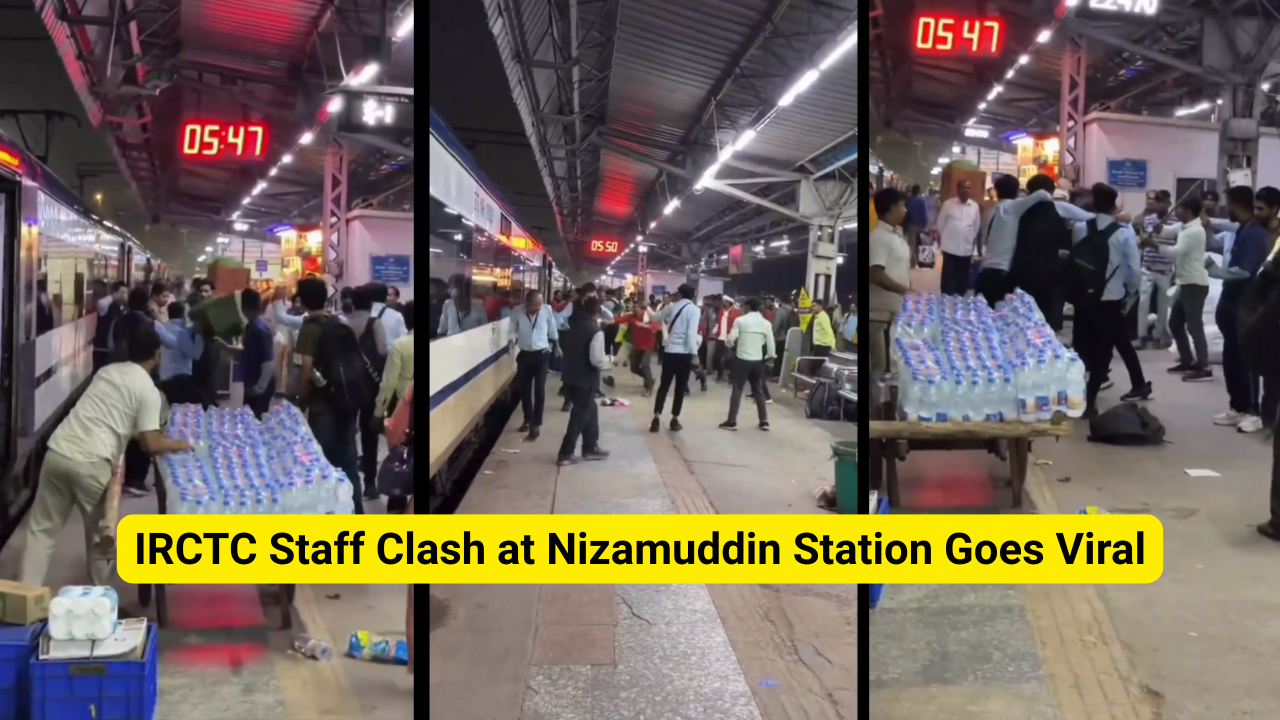Prime Minister Narendra Modi officially opened the highly anticipated Navi Mumbai International Airport (NMIA) on 8th October 2025, ushering in a new era in India’s fast-growing aviation infrastructure. Constructed at a price of ₹19,650 crore, the cutting-edge airport is poised to transform connectivity and capacity in the Mumbai Metropolitan Region by reducing the pressure on the saturated Chhatrapati Shivaji Maharaj International Airport (CSMIA) and establishing Mumbai as one of the rare cities in the world with a twin-airport system.
Situated at Ulwe, Navi Mumbai, approximately 37 kilometers from South Mumbai, NMIA is being constructed as India’s biggest greenfield airport project on a Public-Private Partnership (PPP) basis. Navi Mumbai International Airport Private Limited (NMIAL) manages the airport, a joint venture between Adani Airports Holdings Ltd, which owns 74%, and the City and Industrial Development Corporation (CIDCO), which owns 26%.
The ceremony witnessed the presence of top dignitaries such as Maharashtra Chief Minister Eknath Shinde, Deputy Chief Ministers Devendra Fadnavis and Ajit Pawar, and Adani Group Chairman Gautam Adani. In his address at the ceremony, Prime Minister Modi welcomed NMIA as a “symbol of India’s new growth story,” pointing out its significance in augmenting trade, tourism, and employment in Maharashtra.
A world-class terminal with an Indian touch
The airport’s architectural design takes cues from the lotus flower, which is a symbol of development and purity. The interiors of the terminals feature a combination of traditional Indian patterns and contemporary sensibilities, making it not only an air transport hub but also a cultural statement.
The initial stage of the airport accommodates a single combined terminal for both domestic and international passengers with a 20 million passengers per year (MPPA) handling capacity. Upon full development, NMIA can accommodate up to 90 million passengers yearly, ranking among the world’s biggest airports.
The airport has also focused on sustainability. From using energy-saving lights and natural air ventilation systems to cutting-edge water conservation technologies, NMIA intends to become one of India’s greenest airports.
Boost to economy, employment, and connectivity
The launch of NMIA is anticipated to create a major economic shot in the arm for the national and regional economy. The airport will allow better logistics, quicker export of perishable products, and better connectivity for industries and businesses of the Navi Mumbai, Raigad, Thane, and Pune districts. Experts are foreseeing an explosion of property development and employment generation around the airport corridor, which could make Navi Mumbai a key economic hub.
In his address, Prime Minister Modi highlighted that the airport would “enhance India’s global connectivity and strengthen its position as a key aviation hub in Asia.” He added that the project reflects the government’s vision of a modern, interconnected India, where infrastructure growth leads to economic empowerment.
Strategic advantage for Mumbai’s aviation network
Once fully operational, NMIA will work in synergy with Mumbai’s existing CSMIA to distribute air traffic efficiently, ensuring smoother operations and reduced congestion. This twin-airport model mirrors global systems seen in major cities like London, New York, and Tokyo.
Additionally, the strategic position of NMIA close to the Mumbai Trans Harbour Link and future metro extensions will give access to various parts of the Mumbai metropolitan region directly, adding to the convenience for passengers and commerce in general.
India’s aviation future takes flight
With the opening of the Navi Mumbai International Airport, India takes another big step toward becoming a world aviation leader. The airport will not only serve millions of passengers but also be a reflection of modern India’s design, innovation, and ambition.
With the first flights about to depart from NMIA in early 2026, the project will be opening new vistas to trade, tourism, and technology-led development—demonstrating that India’s aviation odyssey has indeed taken off to new dimensions.









